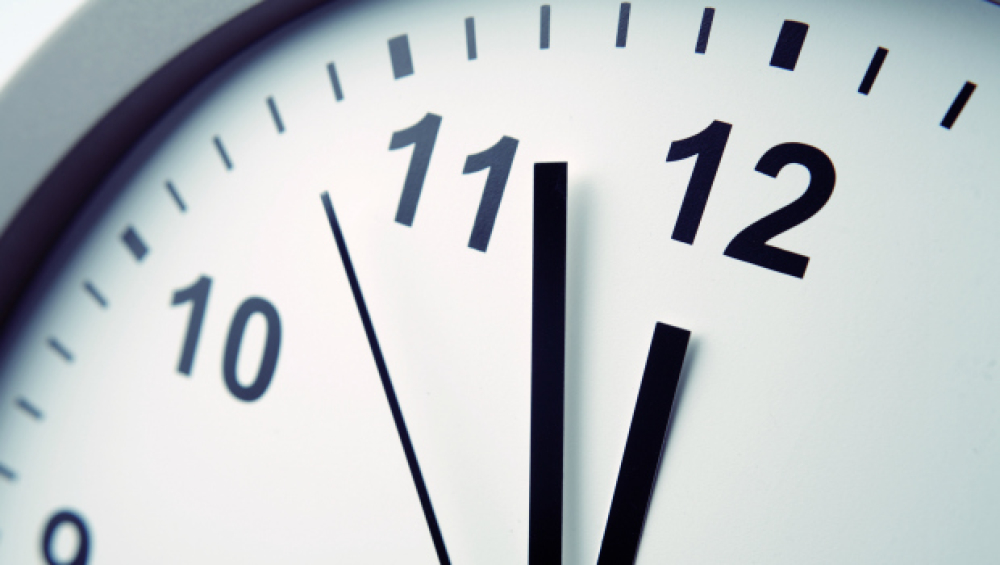Send Time optimisations - Fact or Fiction?
31 Jan 2017

Being able to send an email to someone at the time they’re most likely to make a purchase is a wonderful thought, but is it really possible? In reality, if you’re sending emails at the wrong time you might as well not be sending them at all and if you’re sending emails all the time you’ll soon end up losing jaded subscribers.
It is something that, when done wrong, can be harmful, but when done right can result in massive increases in conversion.The question is how can we determine the right time to send an email? Well, as you probably guessed, the list of factors to take into consideration is pretty long! A few key ones to consider are:
-
When an individual opens their emails
-
How they engage with emails
-
When an individual makes a purchase
-
The relationship between each of these touch points
So how do I go about working it all out?
Unusually, I found a sensible place to start was at the end. So let’s start with those all-important purchases. I’m a data analyst so naturally I got stuck into some data to draw my conclusions. I found that 50% of repeat purchasers had made all of their purchases within four hours of each other and 30% had within two hours. Admittedly this was quite strict. The requirement was for all purchases to be within 2-4 hours of each other rather than allowing say eight out of ten purchases. This suggested that there is habit to customer purchasing behaviour. If we know that our customers always shop at the same time of day/week we’ve already taken a big step towards our goal. Or have we?
This information alone tells us when they purchase, but not when to send an email. Some people may open, click and purchase after their first viewing, whilst others may wait until the email becomes more relevant to their needs. A comparison of all purchases found that the times purchases were made from an email and those not from email were near enough the same. This tells us that rather than changing when someone makes a purchase, emails were for the most part increasing the number of purchases.
What send time should I be opting for then?
Here at RedEye we can safely say that over 90% of recipients will receive their email within an hour of when the email was sent regardless of send volume. This may not be true for everyone so my analysis attempted to find a relationship between when an email is delivered and when the purchases are made. The result was a positive conclusion; you can have a significant effect on open rates by changing the time of day an email is delivered. However, these times vary from business to business, so like most things there is no definitive answer. These peak times varied from 9-10am to 4-5pm and make perfect sense. If you deliver at these times you make sure you’re in someone’s inbox before lunch and when they get home. However, there is no guarantee that this is when the emails are being opened or that someone will purchase at that time.
This leads me on to the next part; Delivered -> Open -> Response. Are there any patterns? Despite my best efforts, I couldn’t establish any discernible correlations between when an email is delivered and when a purchase is made from the data available. Looking at all customers I found that the time between receiving – or even opening – an email and a purchase varies considerably throughout the day and from customer to customer. In order to accurately determine the best time for an individual you would need to test various times of the day, days of the week, months of the year, and that’s not even touching upon the type of email (newsletter, sale, behavioural). To test all of these factors and get reliable results would take a considerable amount of time and money.
What should I take from all of this?
My advice is that send time is certainly not irrelevant. It is possible to increase open rates by changing send times. If that’s all you want, then fair enough. However, it is a long time since the marketer’s aim was to simply get an email to sit pride of place in a customer’s inbox at peak times.There is an alternative approach that doesn’t involve endless testing. Instead, analysis can be used to determine when your customers are likely to buy one of your products and what that product is going to be. To achieve this, you need to use transactional, demographic, geographical and most importantly behavioural data. By combining and analysing this information it is possible to understand your customers and their individual journeys. You’ll then be in a position to send the right message, to the right customer, at the right time, on the right device, using the right channel.

Please login to comment.
Comments